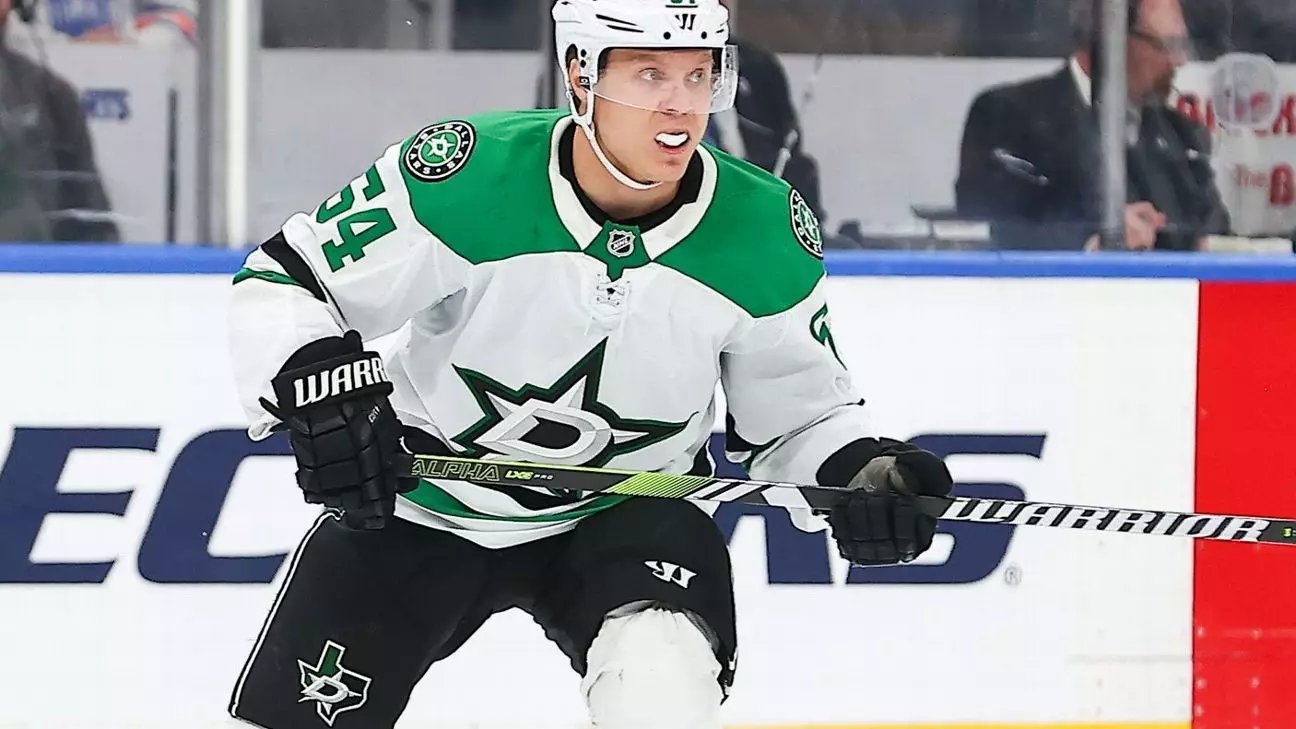Mikael Granlund’s recent signing with the Anaheim Ducks erupts as a pivotal moment in NHL dynamics, underscoring a fundamental shift in how teams approach roster construction and market value. While free agency often delivers blockbuster deals that excite fans and pundits alike, this particular move signals a strategic pivot from the traditional star-centric frenzy to a more calculated, developmental, and flexibility-oriented philosophy. The Ducks, long seen as perennial underachievers, appear to be poised on the brink of a strategic renaissance—one that values versatility, depth, and long-term growth over fleeting star power.
Granlund’s contract—three years at $7 million per season—embodies this shift. Unlike the usual high-stakes gamble on aging stars or established names, this deal reflects a nuanced understanding of what it takes to build a competitive team. This is a conscious effort to assemble a roster that is not just reliant on marquee signings but is focused on creating a balanced blend of skilled youth and experienced leadership. Granlund, capable of playing both center and wing and noted for his two-way proficiency, embodies the kind of player who can adapt to this evolving team philosophy. The Ducks see him as a cornerstone of their pursuit of playoffs in 2025-26, but more importantly, as a key figure in their broader strategic vision.
The Significance of a Market-Driven Move
In a league where the free agent market often skews heavily towards stars commanding record-breaking salaries, Granlund’s deal offers a different narrative: the value of adaptability. This contract underscores a crucial reality—teams recognize that championships are increasingly won through depth, flexibility, and player buy-in rather than sheer star wattage. The Ducks’ management, led by Pat Verbeek, has shown a clear focus on building around core young talent like Leo Carlsson, Mason McTavish, and others. The addition of Granlund, with his championship pedigree and proven scoring ability, injects veteran savvy without the exorbitant premium typically associated with top-tier free agents.
By making this signing, the Ducks demonstrate confidence in their developmental pipeline while simultaneously supplementing it with experienced, versatile players. The move also reflects a global understanding of player valuation; Granlund, not in his prime but still highly effective, is an undervalued commodity in a market flooded with big-name players demanding huge salaries. The Ducks’ willingness to invest in such an adaptable player indicates a broader philosophical alignment—every dollar spent is expected to bring multi-dimensional value, not just fleeting stars that might not fit the team’s evolving style.
The Broader Implications for the Ducks’ Rebuilding Strategy
The signing of Granlund isn’t isolated; it’s part of a comprehensive plan that positions Anaheim for long-term success. The franchise’s recent moves—fire of coach Greg Cronin, hiring of Joel Quenneville, and strategic trades—paint a picture of an organization eager to accelerate its timeline out of the rebuild phase. The move for veteran winger Chris Kreider, the trade of Trevor Zegras, and the cap flexibility gained by dealing John Gibson—all these reflect a calculated effort to bridge youth and experience.
Granlund’s presence is also a signal of the Ducks’ intent to leverage their cap space intelligently. With nearly $36 million in cap flexibility, the team isn’t just filling out the roster; they’re keeping options open for future signings or trades that could elevate their status. The recent focus on building a resilient core, combined with strategic signings like Granlund, signals a shift from the missteps of past seasons to a more disciplined, future-focused approach.
This move exemplifies an organizational evolution—from a team that relied heavily on young, unproven talent to one that recognizes the importance of experienced, adaptable players to mentor younger teammates and stabilize the lineup. It’s a bold statement: the Ducks are no longer just about potential; they’re about strategic, deliberate building, even if it means paying a premium for players who can bring both skill and leadership to their burgeoning roster.
Reevaluating the Power of Experience in Modern Hockey
Granlund’s signing also challenges traditional notions about aging players and their value. At 33, many teams might see him as past his prime, yet the Ducks view him as a vital component capable of elevating their play. His ability to fulfill multiple roles—scoring, playmaking, and responsible defensive play—adds layers of value that aren’t solely measured by age.
This signals a progressive outlook on veteran leadership, recognizing that experience, hockey IQ, and adaptability often outshine raw physical tools. The move elevates the conversation about the importance of seasoned players in building resilient, competitive teams—players who can influence locker room culture and on-ice decision-making.
The NHL is evolving, and the Ducks’ commitment to building around versatile, experienced players like Granlund indicates a departure from the star-centric model of yesteryear. Success now hinges on creating cohesive, adaptable lineups that can respond to various game scenarios and playoff pressure. It’s a strategic gamble—one that may well pay dividends if implemented with the right mix of youth and experience.
In essence, the Granlund signing is a bold declaration: Anaheim is embracing a new hockey philosophy—prioritizing intelligence, flexibility, and long-term development over fleeting fame and short-term contracts. This move could redefine how the franchise approaches future free agency and roster building, setting a precedent for a more strategic and sustainable path to playoff contention.


Leave a Reply